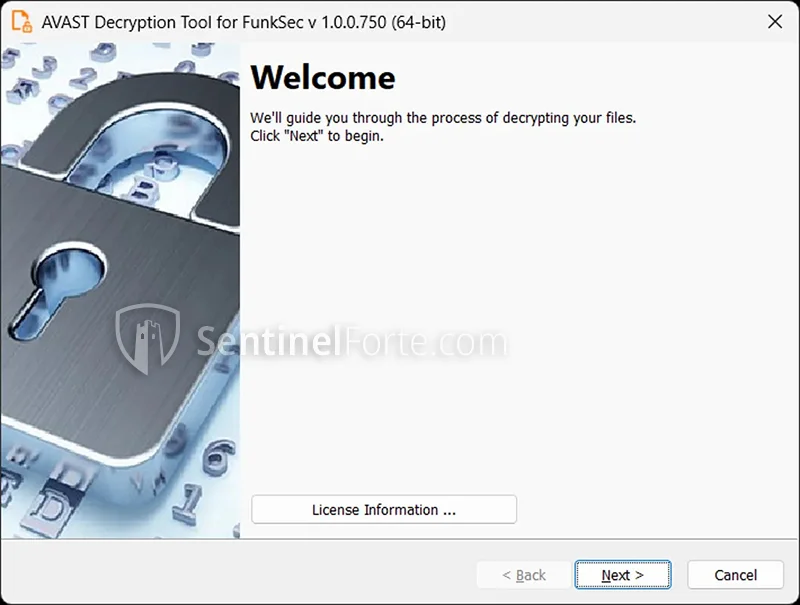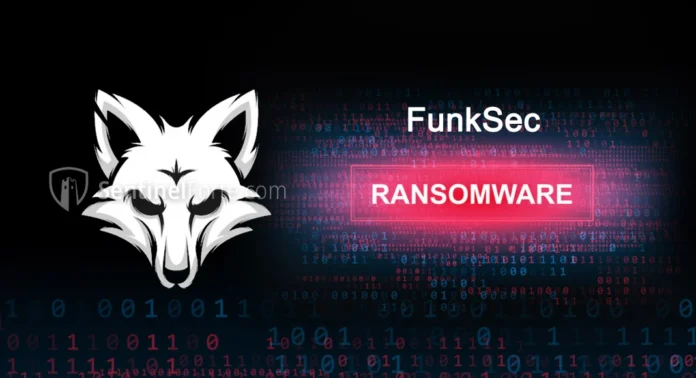In a landmark move that underscores the growing sophistication—and growing countermeasures—in the world of cyber threats, researchers at Avast have released a free decryptor for FunkSec, a now-defunct ransomware strain that integrated artificial intelligence (AI) to enhance its operations. The decryptor’s release is a crucial win in the cat-and-mouse game between threat actors and security professionals, especially as AI-assisted cybercrime becomes increasingly mainstream.
Between December 2024 and March 2025, FunkSec orchestrated a targeted campaign against 113 organizations worldwide, combining traditional ransomware tactics with machine-generated enhancements to its phishing lures and attack kits. While the campaign has since been declared inactive, its hybrid use of AI marked a disturbing inflection point in ransomware evolution—an early indicator of what future threats may look like.
Now that the operation has gone quiet, Avast’s decision to make the decryption tool freely available signals a deliberate strategy: empower victims, undercut threat actors’ financial leverage, and fortify collective defense mechanisms against AI-augmented malware strains. For security professionals and impacted organizations, this tool offers a rare second chance to recover encrypted data without capitulating to extortion.
More than a one-off incident, FunkSec has become a case study in both promise and peril. While the malware did integrate advanced cryptographic practices and rudimentary AI for attack enhancement, it also suffered from serious implementation flaws that limited its overall impact. Still, its ability to infect over a hundred targets in just four months should serve as a warning shot across the bow of the cybersecurity community.
Inside FunkSec: When AI Meets Ransomware
FunkSec was first identified in early December 2024 on multiple dark web leak forums. Initially focused on data exfiltration, the malware quickly evolved to include full-scale file encryption, a hallmark of conventional ransomware operations. However, what set FunkSec apart was its partial reliance on AI-generated attack vectors, particularly in crafting highly convincing phishing templates and automated social engineering scripts—a reported 20% of its operational flow.
Researchers from Gen Digital noted that the malware, while conceptually advanced, frequently failed during execution. Among the most glaring issues: FunkSec’s dependence on downloading desktop wallpapers from Imgur, an odd operational quirk that often broke the malware’s functionality if the external images were unavailable.
Despite these operational hiccups, FunkSec still managed to encrypt files across 113 confirmed victims, thanks to its automated propagation methods and its targeting of weakly defended enterprise environments. Once inside, it systematically terminated system processes—including browsers, media players, and admin tools—before launching its encryption routines.
Encrypted files received a .funksec extension, while ransom notes were dropped in Markdown format (README-{random}.md), establishing clear indicators of compromise for threat hunters and incident response teams.
Encryption Mechanics: A Rust-Backed, Block-Based Engine
While parts of FunkSec were unstable, its cryptographic core revealed a degree of maturity. Developed in Rust, a systems programming language popular for its safety and performance, FunkSec utilized the orion-rs cryptography library (version 0.17.7). It encrypted data using Chacha20, a high-speed, secure cipher favored for its resistance to timing attacks, paired with Poly1305, a Message Authentication Code (MAC) ensuring data integrity.
The malware encrypted files in 128-byte blocks, each appended with 48 bytes of metadata, inflating file sizes by roughly 37%. This approach allowed for granular encryption, while also embedding block-level validation via hash verification of keys, nonces, and lengths—a practice seen more often in nation-state tooling than common ransomware.
This robust, if inconsistent, implementation further highlights the growing technical depth of ransomware developers, especially those leveraging AI or modern programming ecosystems like Rust to bypass legacy defenses.
Avast’s Decryptor: A Blueprint for Collective Cyber Defense

The release of Avast’s free decryptor does more than assist the 113 known FunkSec victims. It sends a signal: countermeasures can keep pace with even AI-augmented ransomware threats, provided the cybersecurity community remains agile and collaborative.
Avast reverse-engineered FunkSec’s flawed encryption routines and exploited vulnerabilities in its key management logic, allowing for the safe decryption of affected files without the need for ransom payments. According to Avast, the decryptor has been tested across multiple variants of the FunkSec malware and is safe to use on any file carrying the .funksec extension.
Organizations that suspect FunkSec infection are encouraged to consult incident response protocols, isolate impacted systems, and validate decryptor usage through hash-verified executable downloads. SentinelForte strongly recommends backing up affected directories before deploying the decryptor in production environments.
What FunkSec Means for the Future of AI in Cybercrime
FunkSec may be neutralized, but its implications are far-reaching. This strain represents a prototype of AI-assisted cybercrime that, despite execution flaws, successfully combined automation, machine learning, and classic encryption tactics into a semi-coherent threat model.
As generative AI continues to proliferate in both defensive and offensive cyber operations, it’s likely that future malware campaigns will refine the rough edges exposed by FunkSec. The integration of LLMs (large language models) in crafting spear-phishing content, auto-exploits, or adaptive malware logic is no longer speculative—it’s emerging reality.
Security vendors, threat analysts, and SOC teams must prepare for a landscape where AI is a standard component of attacker toolkits, not a novelty. This demands more than better tools—it demands better coordination, rapid intelligence sharing, and proactive public releases like Avast’s decryptor.
FunkSec’s brief reign offers a glimpse into a future where automation, machine learning, and cryptographic agility converge in malware that is harder to detect, faster to propagate, and more persuasive in its delivery. While the decryptor’s release offers welcome relief, it’s also a reminder that defending against next-generation ransomware will require more than patches and playbooks.
The war for cybersecurity supremacy is no longer human vs. human—it’s AI vs. AI. And for now, at least in the case of FunkSec, the good guys won.

